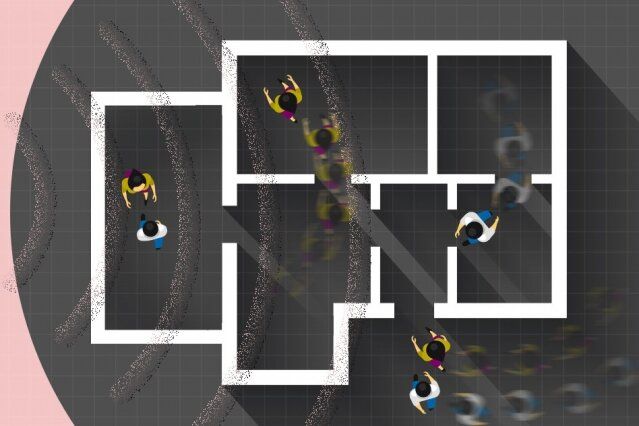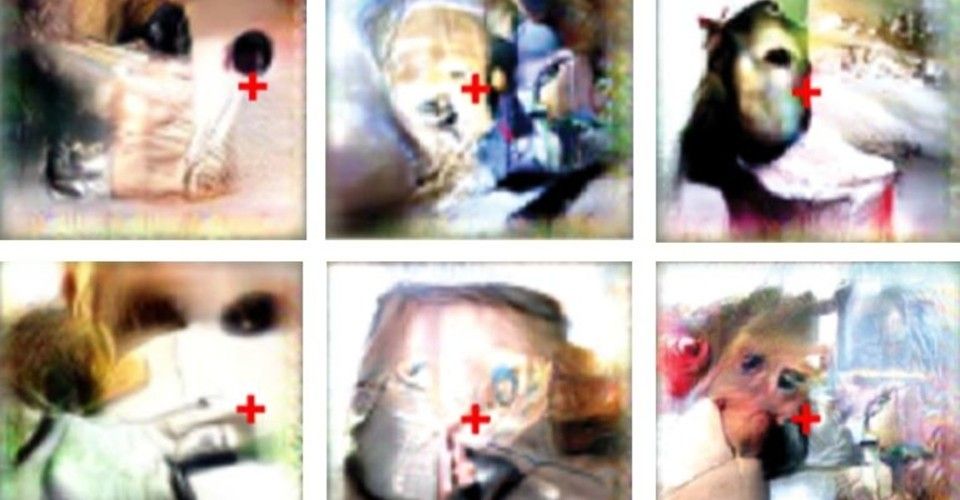A machine learning algorithm can detect signs of anxiety and depression in the speech patterns of young children, potentially providing a fast and easy way of diagnosing conditions that are difficult to spot and often overlooked in young people, according to new research published in the Journal of Biomedical and Health Informatics.
Around one in five children suffer from anxiety and depression, collectively known as “internalizing disorders.” But because children under the age of eight can’t reliably articulate their emotional suffering, adults need to be able to infer their mental state, and recognise potential mental health problems. Waiting lists for appointments with psychologists, insurance issues, and failure to recognise the symptoms by parents all contribute to children missing out on vital treatment.
“We need quick, objective tests to catch kids when they are suffering,” says Ellen McGinnis, a clinical psychologist at the University of Vermont Medical Center’s Vermont Center for Children, Youth and Families and lead author of the study. “The majority of kids under eight are undiagnosed.”
Read more









